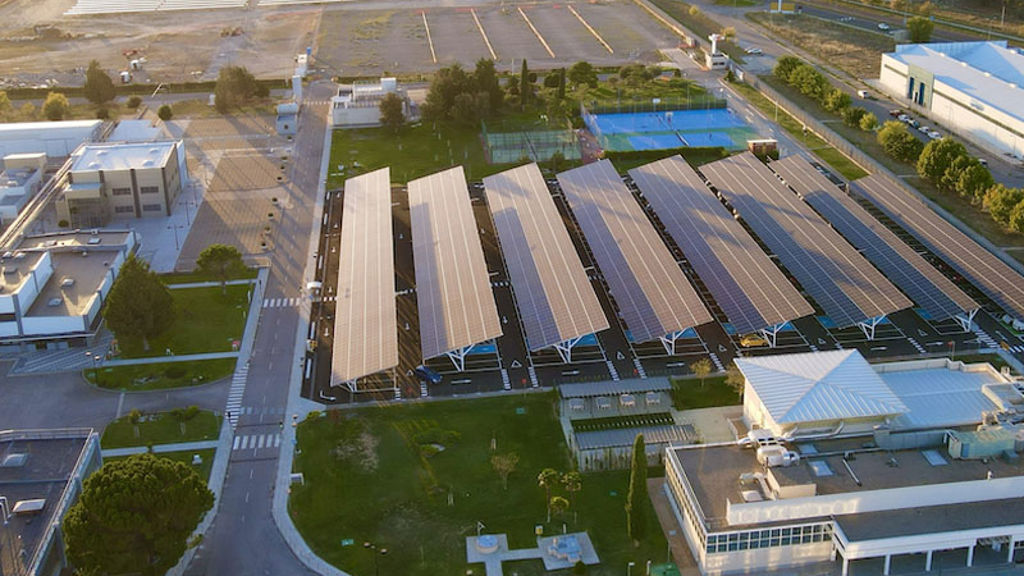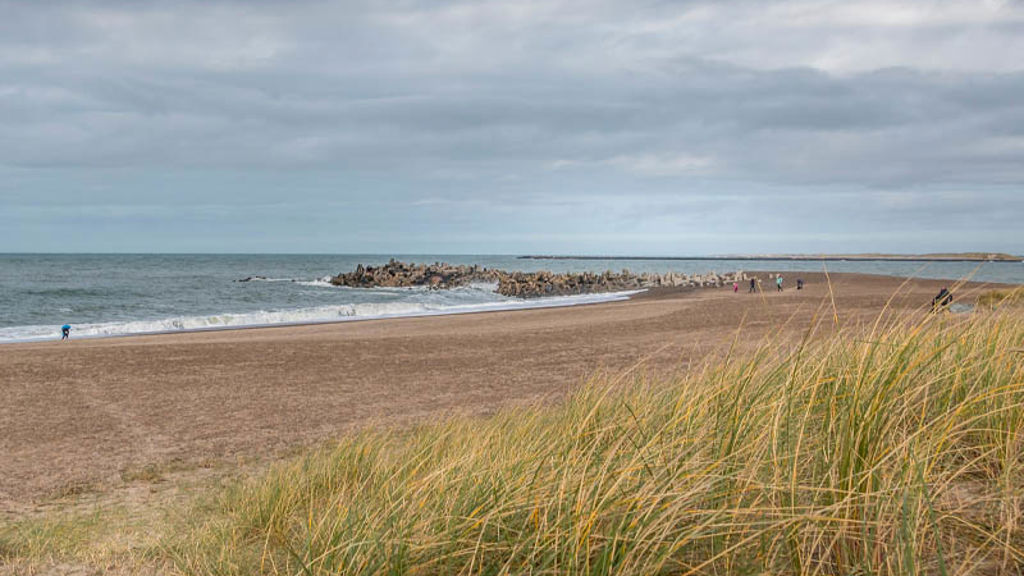Bendigo is a city above a city. Its long history as a gold-mining town means there is a huge network of tunnels and shafts beneath its busy streets. Underground space such as this is usually considered of little use, but the Victorian state and local governments are considering if it can be used to store renewable energy for the region.
The Department of Environment, Land, Water and Planning (DELWP) and the City of Greater Bendigo asked Arup to build on work by the Bendigo Sustainability Group and GBM Mining to investigate the feasibility of building a pumped hydro system using the old gold mine.
As a firm built on a foundation of social usefulness, we saw this as a chance to do something innovative and contribute to the creation of environmentally friendly communities. The result? A plan for a world-first economically viable pumped hydro system set within a combination of old and new mine workings.
One project, multiple benefits
Our study looked at how the project could benefit Bendigo in ways beyond energy storage. In addition to delivering peak generation capacity to apply downward pressure on power bills, the system could also be used to manage groundwater in the mine voids.
Delivering this energy storage project would enable further development of renewable energy projects in the Bendigo area. While working on the project, we identified a potential opportunity for significant levels of local ownership. A large community ownership stake could retain the value derived from the facility within the region and give increased control of power bills to the Bendigo community.
A new application for old technology
Pumped hydro energy storage has existed since the 19th century and is by far the most common form of grid-scale electricity storage in the world. The system acts like a rechargeable battery on a massive scale, pumping water to an upper reservoir, then releasing it to spin turbines. The concept design for Bendigo can generate 30MW of energy over six hours.







